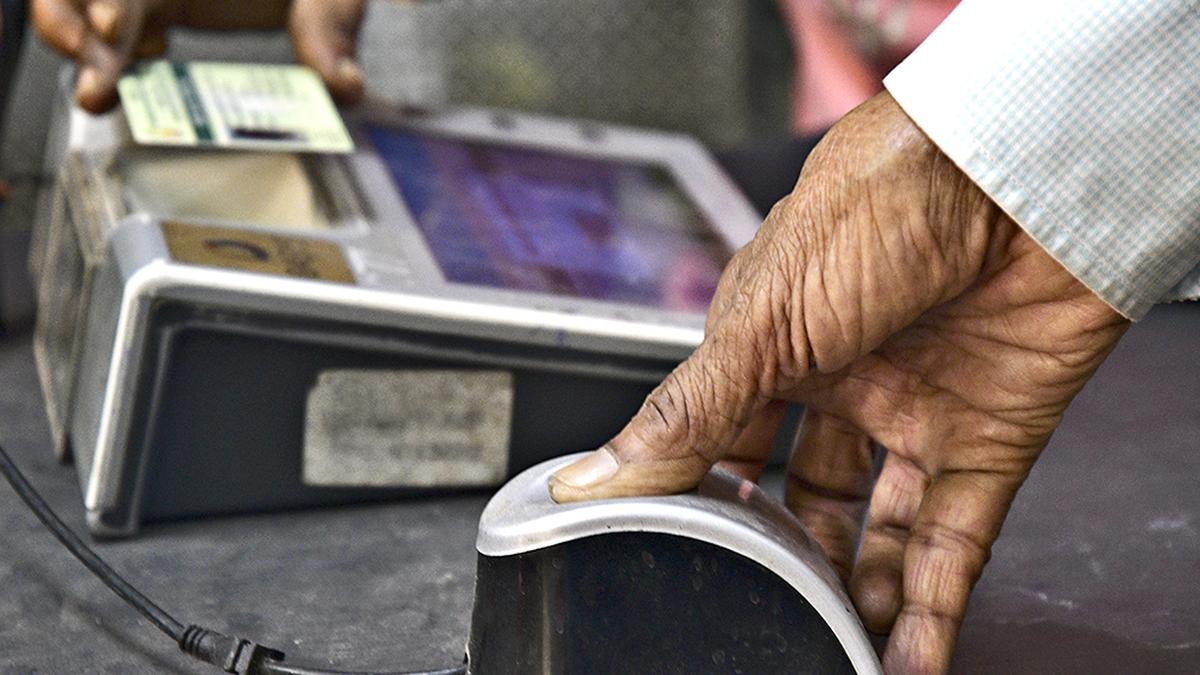




Copyright infringement not intended
Picture Courtesy: https://www.taxscan.in/cenvat-credit-allowable-of-service-tax-for-financial-services-provided-by-bank-cestat/378108/
The Supreme Court ruled that telecom companies can claim Central Value Added Tax (CENVAT) credit for installing mobile towers and pre-fabricated buildings (PFBs) used to provide telecommunication services.
The Supreme Court ruled that mobile towers and PFBs qualify as "capital goods" or "inputs" under the CENVAT Rules of 2004, as they provide critical support for effective mobile signal transmission and improve efficiency.
It was implemented in 2004 as an update to the earlier operational MODVAT (Modified Value Added Tax) to lower the tax burden on consumers by ensuring that taxes are credited back at each stage of production.
It refers to the credit or compensation available to manufacturers for excise duties paid on inputs (raw materials, components, etc.) used in product manufacturing. This credit can be applied to the final tax liability at the stage of finished product.
For example, if a company "XYZ" purchases raw materials like steel blades, copper wires, and motors, excise duties are levied on them. Under CENVAT, the company can claim credit for these duties, which reduces its overall tax liability. If the total CENVAT on rawmaterials is Rs 50,000 and the CENVAT on the final goods is Rs 60,000, the company only has to pay Rs 10,000 in tax.
CENVAT eliminates cascading taxation by allowing manufacturers to claim credit for excise duties paid on inputs at each stage of the production process. This reduces the final tax burden on the consumer by preventing excise duties from being charged multiple times during the production process.
A manufacturer can only claim CENVAT credit for items classified as "inputs" under the CENVAT Credit Rules.
The CENVAT Credit Rules state that raw materials used in manufacturing, goods used for warranty purposes, and goods used to generate electricity or provide output services are all eligible for CENVAT credit.
Must Read Articles:
Source:
|
PRACTICE QUESTION Q.Consider the following statements in the context of Value Added Tax: 1. It is a common type of direct tax levied on services and goods. 2. It is applicable only on goods sold within a particular state. Which of the above statements is/are correct? A) 1 only B) 2 only C) Both 1 and 2 D) Neither 1 nor 2 Answer: B Explanation: Statement 1 is incorrect: VAT (value-added tax) is a common type of indirect tax levied on services and goods. It is paid to the government by producers at each stage of the supply chain. VAT tax is only levied on goods sold within a specific state, which means that the buyer and seller must be in the same state. Statement 2 is correct: VAT tax is only levied on goods sold within a specific state, which means that the buyer and seller must be in the same state. |



© 2025 iasgyan. All right reserved